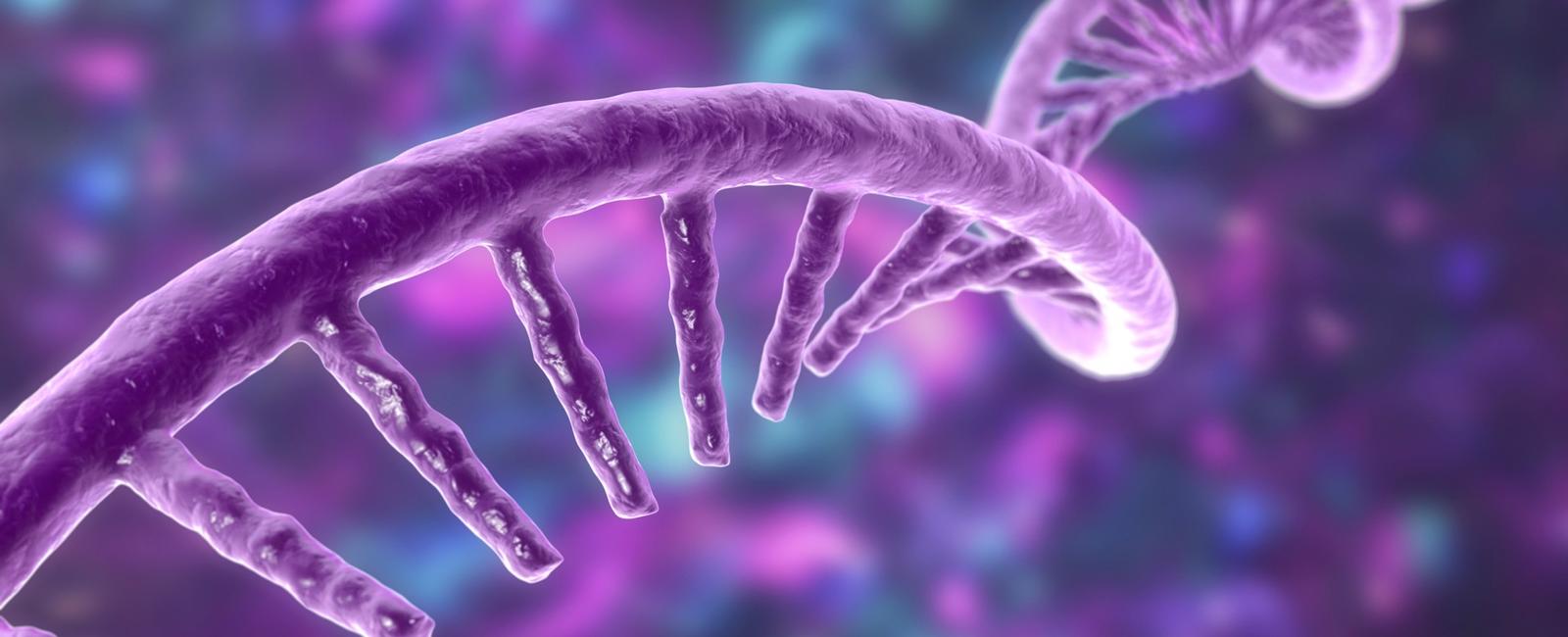Visium HD 3' mouse brain

We’re excited to share our latest addition to the Open Datasets collection: a high-resolution spatial transcriptomics dataset generated from mouse brain tissue using the 10x Genomics Visium HD 3′ Spatial Gene Expression assay and sequenced with Oxford Nanopore Technologies’ PromethION sequencer.
This release showcases the power of long-read sequencing in spatial biology, capturing rich transcriptomic detail across a whole tissue section. Whether you’re exploring gene expression patterns in the brain or benchmarking your own spatial analysis tools, this dataset provides a high-quality, ready-to-use resource.
Sequenced across four PromethION flow cells, this dataset includes raw signal files (POD5), basecalls, preprocessed reads, and downstream outputs from Space Ranger and the wf-single-cell EPI2ME workflow.
Read on to explore how this dataset was generated, how it’s been processed, and how you can start using the tools in your own research.
Sample
| Attribute | Value |
|---|---|
| Sample Name | Mouse brain |
| Source | Charles River Laboratories |
| Organism | Mouse |
| Age | 8 weeks |
| Sex | Male |
| RIN score | 8 |
| Molecule Type | cDNA |
| Sample Type | Fresh frozen tissue |
| Thickness | 10 μm |
| Biological replicates | 1 |
| Flow Cell replicates | 4 |
Preparation
A 10 µm section was taken with a cryostat (Epredia CryoStar NX70). Tissue preparation, sectioning, H&E staining, and imaging followed the Visium HD 3’ Fresh Frozen Tissue Preparation Handbook (CG000804) available on the 10x Genomics website.
Generation of cDNA followed the Visium HD 3’ Spatial Gene Expression User Guide (CG000805) available on the 10x Genomics website.
Post-cDNA library construction was performed according to protocols published on the main Oxford Nanopore Technologies’ website.
| Attribute | Value |
|---|---|
| Library Prep | Ligation sequencing V14 — spatial transcriptomics with 3′ cDNA prepared using 10x Genomics on PromethION (SQK-LSK114) |
| Kit | SQK-LSK114 |
Further preparation information such as sample storage suggestions can be found on the Oxford Nanopore Website.
Sequencing
Sequence data was generated using the following configuration:
| Attribute | Value |
|---|---|
| Flow Cell | FLO-PRO114M |
| Device | PromethION |
| Chemistry | Kit14 |
| Basecall Model | V5.2.0 HAC/SUP |
| MinKNOW Version | 6.2.6 |
Data Download
The dataset is available for anonymous download, without login, from a public Amazon Web Services S3 bucket. The bucket is part of the Open Data on AWS project enabling sharing and analysis of a wide range of data. The data can be downloaded with the AWS CLI command:
aws s3 sync --no-sign-request s3://ont-open-data/visium_hd_2025.06 visium_hd_2025.06
See the tutorials page for information on downloading the dataset. You can also browse and download the files in your web browser courtesy of 42basepairs.
| Prefix name | Size | Description |
|---|---|---|
| flowcells | 5.0 TB | POD5 files as output by MinKNOW |
| basecalling | 707 GB | BAM files produced by dorado |
| preprocessing | 1.5 TB | Outputs from percula preprocessing (see below) |
| spaceranger | 219 GB | Outputs from Space Ranger |
| wf-single-cell | Outputs from wf-single-cell EPI2ME workflow | |
| images | 28 MB | Image files |
| refdata-gex-mm10-2020-A | 15 GB | Mouse transcriptome reference data |
Analysis
Data were analysed using the workflow outlined in the Percula documentation.
Percula is a preprocessing tool to prepare Oxford Nanopore Technologies sequencing data for use with Space Ranger. At the time of writing, Space Ranger does not natively support long read data; Percula is used to convert Nanopore data into a paired-end short-read dataset that Space Ranger can process. The outputs of Space Ranger can then be used with wf-single-cell to generate additional full-length trancriptome information.
The workflow includes the following steps (producing the S3 prefixes shown in the table above), starting from the contents of the flowcells prefix:
- Basecalling with Dorado (
basecalling) - Aggregation of reads and preprocessing with Percula (
preprocessing) - Analysis with 10x Genomics’ Space Ranger (
spaceranger) - Further analysis with the wf-single-cell workflow (
wf-single-cell)
See the Percula documentation for additional information.
Tags
Share
Table Of Contents
Related Posts
Related Links
